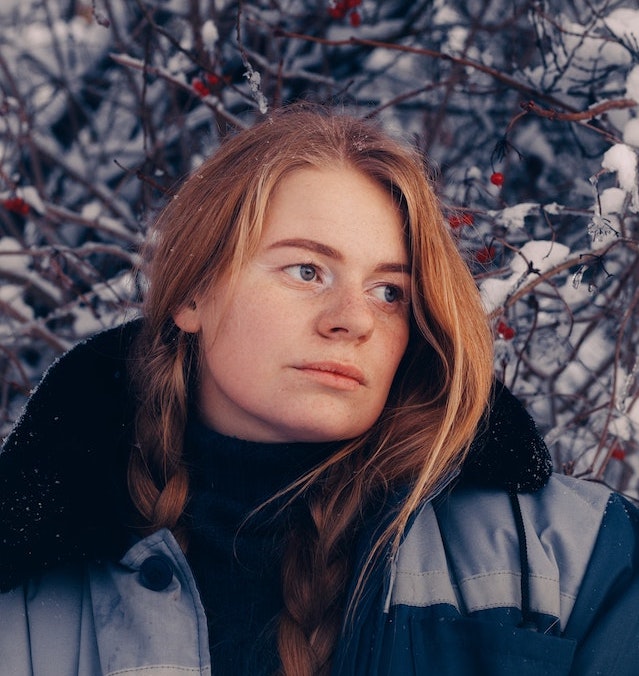
Many people get the “winter blues,” a mild sadness as the days get colder and shorter. But some people experience clinical depression with the seasons. This is called seasonal affective disorder, or SAD.
Symptoms of SAD usually start in the late fall or early winter. Episodes generally last around five months, easing up when the next season comes. Some people experience SAD in the summer. This is known as summer-pattern SAD. It is much less common.
Researchers don’t know the exact causes of SAD. But Dr. Kelly Rohan, a psychologist at the University of Vermont, says that genetics, brain chemistry, and an out-of-phase biological clock could all play a role.
“The environmental triggers of SAD include shorter days for triggering winter-pattern SAD and excessive heat and humidity for prompting summer-pattern SAD,” Rohan says.
SAD tends to begin in young adulthood and is more common in women than men. People living further north of Earth’s equator are at higher risk for experiencing SAD. So are those with a family history of or who themselves have a pre-existing mental illness, like depression or bipolar disorder.

Symptoms of SAD are similar to those of depression, but they only appear seasonally. If you’re experiencing symptoms, certain activities may help provide some relief. These include engaging in hobbies, going out in the sunlight, and spending time with friends and family. Eating healthy and getting enough physical activity can also help lift your mood. But if you have symptoms that last for two weeks or longer, you may need to talk with your doctor.
Treatment options for SAD include a type of talk therapy called cognitive-behavioral therapy (CBT), light therapy, and antidepressant medications. But the combination of treatments that work for each person can differ because different factors can contribute to symptoms.
CBT addresses the psychological factors underlying SAD. It can help change the thoughts and habits that worsen the condition. CBT and light therapy have been shown to be quite effective. But light therapy can be difficult for some people to continue. It must be done daily.

Treatment options for SAD include a type of talk therapy called cognitive-behavioral therapy (CBT), light therapy, and antidepressant medications. But the combination of treatments that work for each person can differ because different factors can contribute to symptoms.
Light therapy addresses issues caused by the lack of light and later dawns during winter. These changes can disrupt the body’s biological clock.
Rohan’s team has been comparing how long the two treatments’ effects last. Her studies have shown that the antidepressant effects of CBT may last one to two winters longer than light therapy. She’s also learned more about how CBT for SAD works. Specifically, a greater reduction in negative thoughts about the seasons during CBT was associated with the most long-term benefit.

Check out this article by a CHC expert to learn more about how to identify the signs of anxiety and depression.
Another treatment option for SAD is antidepressant medications. These can change how the brain produces and uses chemicals involved in mood and stress. They can be used alone or together with other treatments.
“Talk to your doctor,” says Rohan. “The right treatment or combination of treatments could improve your quality of life in the affected season.”
Symptoms of SAD
If you’re experiencing any of these symptoms for two or more weeks, talk with your health care provider:
- Persistent sad or empty mood.
- Feelings of hopelessness.
- Feelings of irritability or worthlessness.
- Loss of interest in hobbies or activities.
- Decreased energy.
- Physical pains without a clear physical cause that don’t go away with treatment.
- Sleeping too much or too little.
- Appetite changes, including overeating or poor appetite.
- Difficulty concentrating.
- Thoughts of death or suicide. If you or someone you know is thinking about hurting themselves, call or text the 988 Suicide & Crisis Lifeline at 988.
Source: National Institutes of Health | Feeling SAD? Identifying and Treating Seasonal Affective Disorder, https://newsinhealth.nih.gov/2024/11/feeling-sad | Public domain. Retrieved November 7, 2024.




